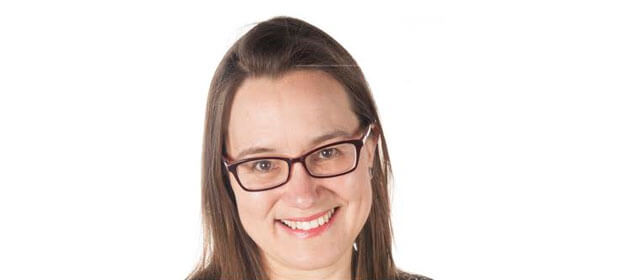We are all familiar with indoor maps in airports, museums and shopping centres. They help us find a destination among the myriad of locations, we learn how to find places we need with the minimum of fuss or assistance. It is time for hospitals to provide similar maps for patients and staff to enable them to find locations easily and efficiently, writes Kerry Ryder.

Attending a hospital can have its own stress, added to this people in hospitals can feel shame, anxiety, even panic when simply looking for the location of their appointment or visiting loved ones. As part of an MSc in Leadership course sponsored by the Meath Foundation, I looked into creating a map to help solve navigation issues for a large teaching hospital.
During the research it was identified that nearly 30% of patients experienced difficulty in finding their way in hospital. In Tallaght Hospital recently, one mother was directed from a ward to a department on a different floor three times only to have to concede on each occasion that she had become lost without finding the location. The navigational challenge is not limited to patients, as a large teaching hospital with a large intake of students every year, new staff face the challenge of navigating their way around and may be asked at any time the direction to any of over 100 locations. People in hospitals already carry a significant cognitive load, and the burden of becoming lost or recovering someone who is lost is an avoidable additional load.
A map on the reverse of an appointment letter enables a patient to ask a staff member the way without having to reveal any personal or clinical details.
When disoriented people do find their destination, making a complaint is far from their mind, people are much more likely to assume they are at fault than to figure out which direction, sign or pathway was confusing. If hospitals are to discover that maps are needed, it is not from the patient complaints database but from the evidence in the literature that maps are a way of finding support. For a large proportion of people, maps help build route and survey knowledge – they enable people to “see” their route or understand where their location is against other landmarks. Maps also supplement sign systems, enabling novices to navigate like experienced users and they compensate for complex buildings, for example those built on a slope over many levels, those with different upper level layouts from the ground floor or those with poor visibility of the horizon and outside landmarks.
In Tallaght Hospital, a survey of patients showed that the patients who experience disorientation would prefer to have access to a map. In a separate of survey, 90% of staff see providing maps as a service improvement, particularly if they can be added to existing letters. A map on the reverse of an appointment letter enables a patient to ask a staff member the way without having to reveal any personal or clinical details.
Staff members are often stopped and asked for directions, or indeed approach members of the public that look lost and often will walk the patient to the area for which they are looking. While this is an example of excellent care, if approximately half the arrivals to our hospital experience disorientation and if it takes an average of two minutes to reorient them, staff in our hospitals are spending a whopping 80 hours a week reorienting patients.
Staff in our hospitals are spending a whopping 80 hours a week reorienting patients.
To combat this, an indoor map for the whole hospital (http://bit.ly/1Np5BF9) was developed alongside one page maps that can be pre-printed or printed on the reverse of letters. The map can be accessed on mobile devices or can be used for self-check-in kiosks. So far the feedback has been extremely positive. New members of staff are saying finding services is easy and that they wished they had had the map when they started their employment. We know that people who find their way successfully from a positive opinion of the organisation because they feel it cares enough about them to help them in this way, so maps can contribute to a positive hospital experience and are a very practical demonstration of our ‘people caring for people’ philosophy.
Kerry Ryder, ICT Applications Manager, Tallaght Hospital, Dublin.

